How to sort the output of ls command by last modification time in Linux
One thing that Linux users often do is to list the directory contents on the command line.
We already know that ls and dir are two Linux commands that can be used to list the contents of a directory. The former is more popular and, in most cases, the first choice of users.
When we list the directory contents, we can sort them according to different criteria, such as file name, modification time, addition time, version or file size. These files can be sorted using their properties by specifying a special parameter.
In this concise ls command tutorial, we will take a look at how to sort the output of the ls command by last modification time (date and hour, minute, and second).
Let’s start by executing some basic ls commands.
Linux basic ls command
1. Running the ls command without any parameters will list the contents of the current working directory.
$ ls

List the contents of the working directory
2. To list the contents of any directory, such as the /etc directory, use the following command:
$ ls /etc
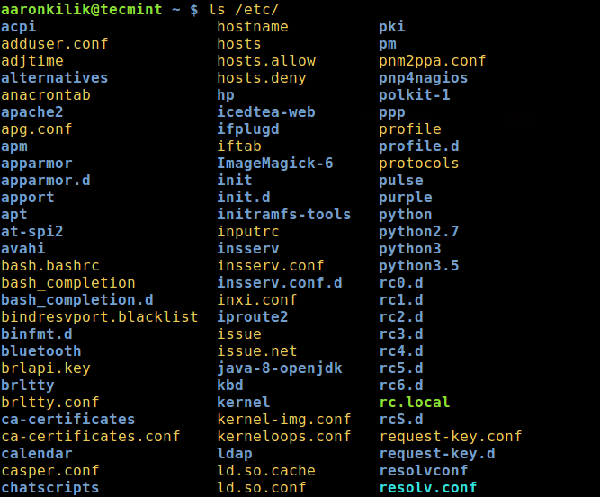
List the contents of the working directory /etc
3. A directory always contains some hidden files (at least two), so to show all files in a directory, use the -a or -all flag:
$ ls -a
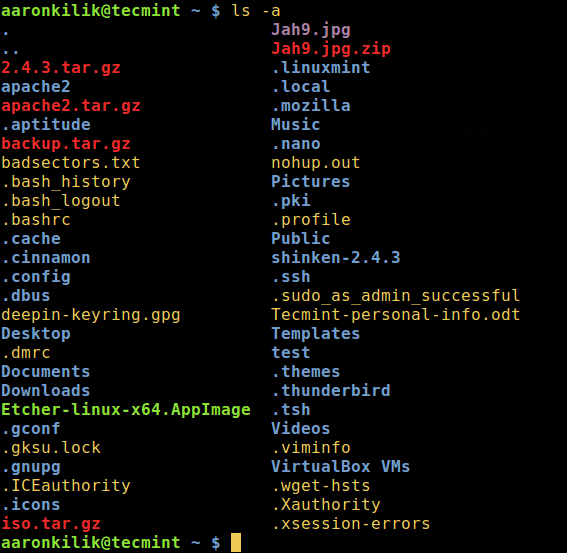
List hidden files of the working directory
4 , you can also print out detailed information for each file, such as file permissions, number of links, owner name and group owner, file size, last modified time and file/directory name.
This is set by the -l option, which means a long list format like the screenshot below.
$ ls -l
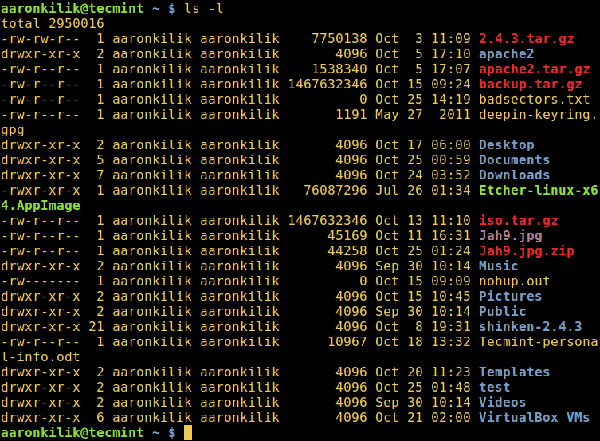
Long list of directory contents
Sort files based on date and based on time
5. To list files in a directory and sort them by last modification date and time, use the -t option in the following command:
$ ls -lt
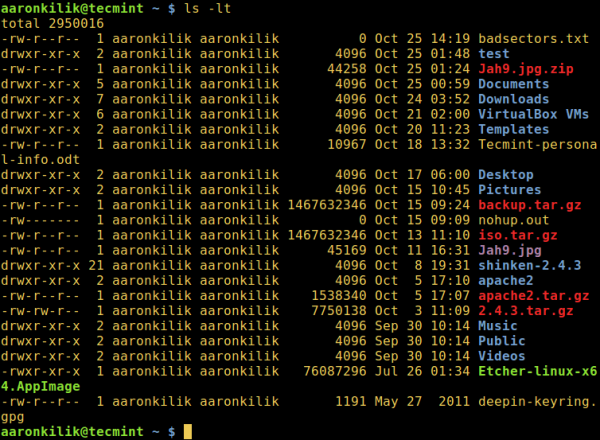
Sort ls output content by date and time
6. If you want a reverse sort file based on date and time, you can use the -r option to work, like this:
$ ls -ltr
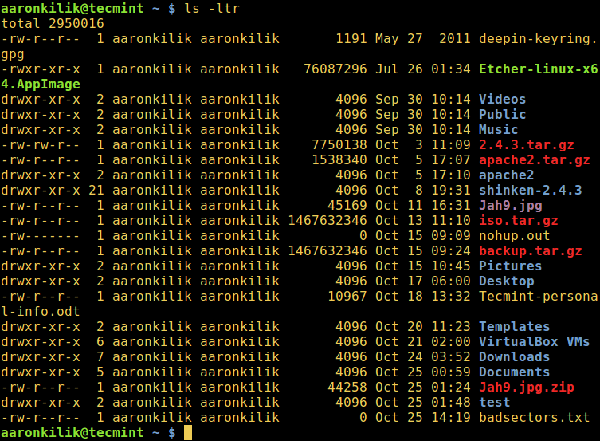
Reverse output sorted by date and time
We will end here, however, the ls command has more usage information and options, so you should pay special attention to it or look at other guides, such as What Every User Should Know About ls Command Techniques" or "Using Sorting Commands".

Hot AI Tools

Undresser.AI Undress
AI-powered app for creating realistic nude photos

AI Clothes Remover
Online AI tool for removing clothes from photos.

Undress AI Tool
Undress images for free

Clothoff.io
AI clothes remover

Video Face Swap
Swap faces in any video effortlessly with our completely free AI face swap tool!

Hot Article

Hot Tools

Notepad++7.3.1
Easy-to-use and free code editor

SublimeText3 Chinese version
Chinese version, very easy to use

Zend Studio 13.0.1
Powerful PHP integrated development environment

Dreamweaver CS6
Visual web development tools

SublimeText3 Mac version
God-level code editing software (SublimeText3)

Hot Topics
 1670
1670
 14
14
 1428
1428
 52
52
 1329
1329
 25
25
 1274
1274
 29
29
 1256
1256
 24
24
 Linux Architecture: Unveiling the 5 Basic Components
Apr 20, 2025 am 12:04 AM
Linux Architecture: Unveiling the 5 Basic Components
Apr 20, 2025 am 12:04 AM
The five basic components of the Linux system are: 1. Kernel, 2. System library, 3. System utilities, 4. Graphical user interface, 5. Applications. The kernel manages hardware resources, the system library provides precompiled functions, system utilities are used for system management, the GUI provides visual interaction, and applications use these components to implement functions.
 vscode Previous Next Shortcut Key
Apr 15, 2025 pm 10:51 PM
vscode Previous Next Shortcut Key
Apr 15, 2025 pm 10:51 PM
VS Code One-step/Next step shortcut key usage: One-step (backward): Windows/Linux: Ctrl ←; macOS: Cmd ←Next step (forward): Windows/Linux: Ctrl →; macOS: Cmd →
 How to check the warehouse address of git
Apr 17, 2025 pm 01:54 PM
How to check the warehouse address of git
Apr 17, 2025 pm 01:54 PM
To view the Git repository address, perform the following steps: 1. Open the command line and navigate to the repository directory; 2. Run the "git remote -v" command; 3. View the repository name in the output and its corresponding address.
 How to run java code in notepad
Apr 16, 2025 pm 07:39 PM
How to run java code in notepad
Apr 16, 2025 pm 07:39 PM
Although Notepad cannot run Java code directly, it can be achieved by using other tools: using the command line compiler (javac) to generate a bytecode file (filename.class). Use the Java interpreter (java) to interpret bytecode, execute the code, and output the result.
 How to run sublime after writing the code
Apr 16, 2025 am 08:51 AM
How to run sublime after writing the code
Apr 16, 2025 am 08:51 AM
There are six ways to run code in Sublime: through hotkeys, menus, build systems, command lines, set default build systems, and custom build commands, and run individual files/projects by right-clicking on projects/files. The build system availability depends on the installation of Sublime Text.
 What is the main purpose of Linux?
Apr 16, 2025 am 12:19 AM
What is the main purpose of Linux?
Apr 16, 2025 am 12:19 AM
The main uses of Linux include: 1. Server operating system, 2. Embedded system, 3. Desktop operating system, 4. Development and testing environment. Linux excels in these areas, providing stability, security and efficient development tools.
 laravel installation code
Apr 18, 2025 pm 12:30 PM
laravel installation code
Apr 18, 2025 pm 12:30 PM
To install Laravel, follow these steps in sequence: Install Composer (for macOS/Linux and Windows) Install Laravel Installer Create a new project Start Service Access Application (URL: http://127.0.0.1:8000) Set up the database connection (if required)
 git software installation
Apr 17, 2025 am 11:57 AM
git software installation
Apr 17, 2025 am 11:57 AM
Installing Git software includes the following steps: Download the installation package and run the installation package to verify the installation configuration Git installation Git Bash (Windows only)




